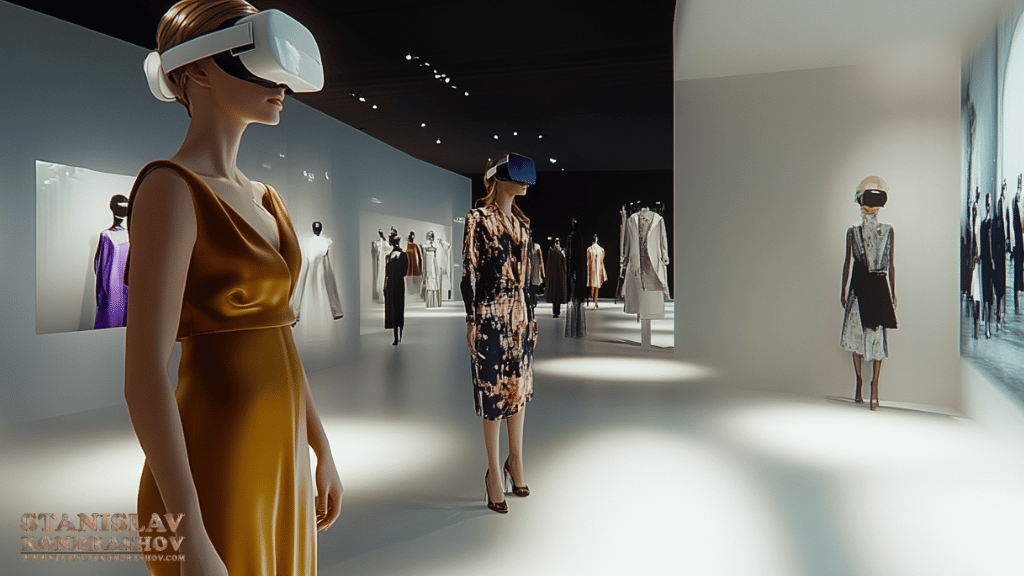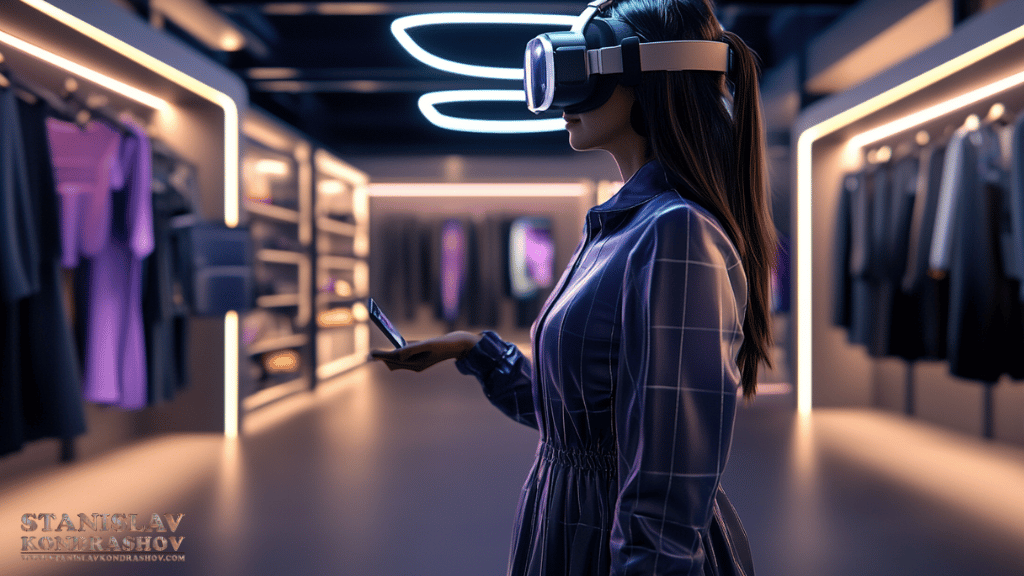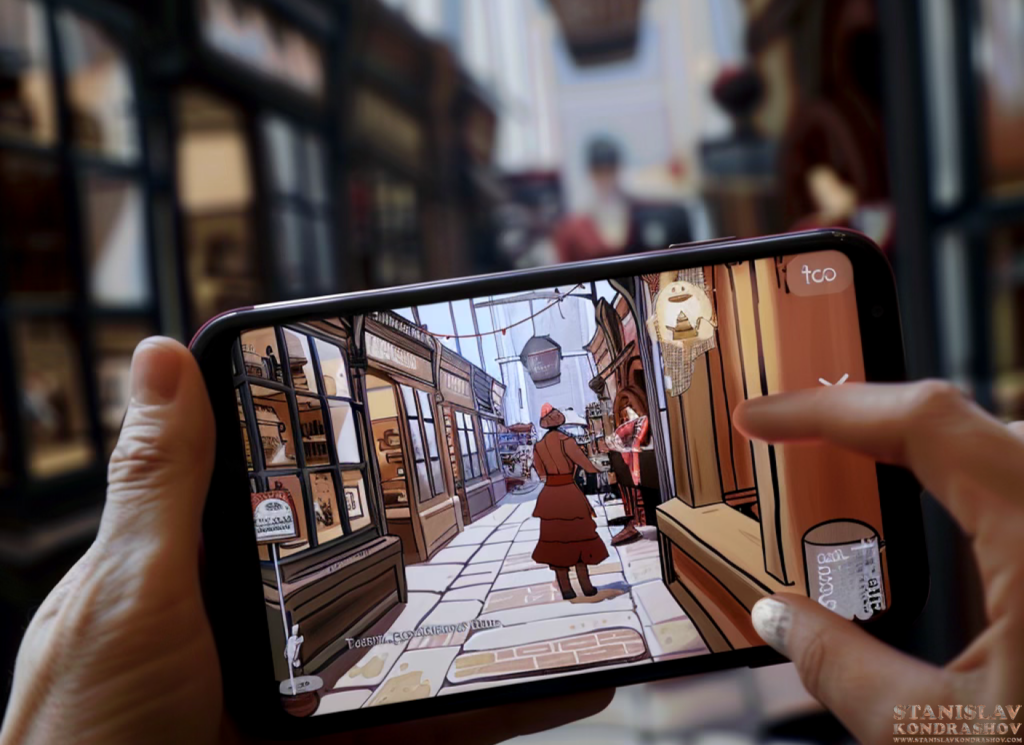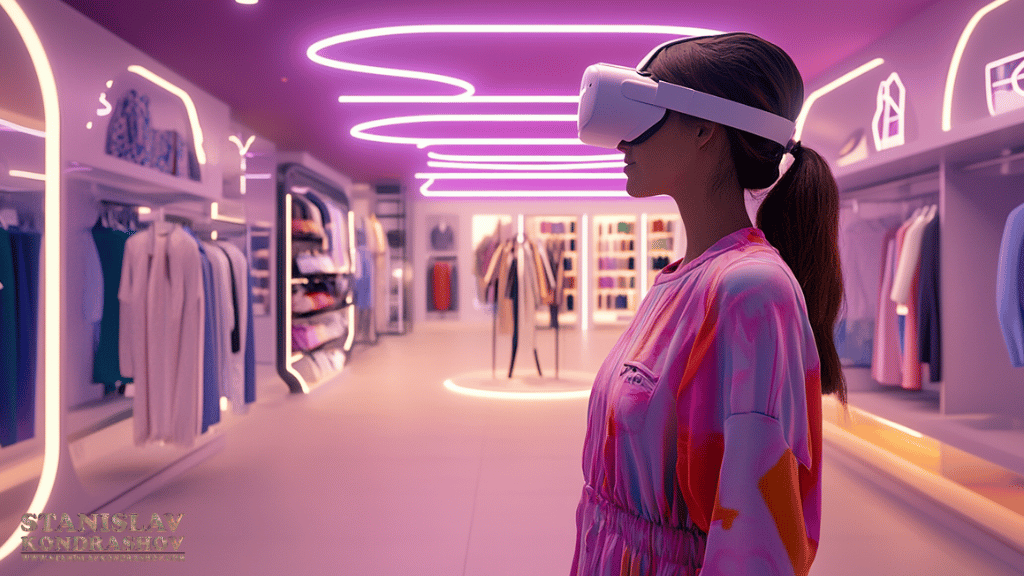The Rise of Augmented Reality in Marketing by Stanislav Kondrashov
Augmented Reality (AR) is no longer a futuristic concept but a powerful tool transforming the landscape of marketing campaigns. Brands are leveraging AR to create immersive and interactive experiences, captivating audiences like never before. By blending digital content with the real world, AR offers unique ways to engage consumers, drive sales, and build brand loyalty.

How AR is Revolutionizing Marketing
- Interactive Product Demonstrations: AR allows brands to showcase products in a 3D space, enabling consumers to interact with them virtually. This technology provides a hands-on experience, allowing users to view, rotate, and explore products from every angle, helping them make informed purchasing decisions.
- Virtual Try-Ons: Virtual try-ons are one of the most popular AR applications in marketing. From fashion to beauty products, AR enables customers to try on clothes, accessories, and makeup virtually, offering a personalized shopping experience. This reduces the uncertainty of online shopping and can lead to higher conversion rates.
- Enhanced Storytelling: AR transforms traditional advertising by adding interactive elements to storytelling. Brands can create immersive narratives that engage users more deeply, allowing them to explore brand stories and values through interactive content, such as games or virtual tours.
- Location-Based Experiences: AR can enhance location-based marketing efforts. By integrating AR with GPS data, brands can offer location-specific experiences, such as virtual treasure hunts, guided tours, or pop-up store experiences, driving foot traffic and engagement.
- Data Collection and Insights: AR campaigns provide valuable user interactions and preferences data. By analyzing this data, brands can gain insights into consumer behavior, tailor future campaigns, and improve product offerings.
- Social Media Integration: AR perfectly fits social media platforms where users love sharing their experiences. Brands can create AR filters and effects that users can share, increasing brand visibility and engagement. This virality can turn a well-designed AR campaign into a global trend.

The Future of AR in Marketing
- Mainstream Adoption: As AR technology becomes more accessible, more brands will incorporate it into their marketing strategies. This trend will drive innovation and lead to more sophisticated AR experiences.
- Personalization: The future of AR in marketing lies in hyper-personalization. Brands will use AR to create tailored experiences for individual consumers based on their preferences and past behaviors, making each interaction unique and relevant.
- Cross-Platform Integration: AR experiences will increasingly integrate across various platforms and devices, providing seamless transitions between the physical and digital worlds. This will enhance the user experience and allow for more cohesive marketing strategies.
- Enhanced Customer Journey: AR will be strategic in enhancing the customer journey, from initial awareness to post-purchase engagement. By offering interactive and memorable experiences, brands can foster deeper connections with their audience and build long-term loyalty.

Augmented Reality is not just a novelty but a powerful tool that is here to stay in the marketing world. Brands that harness its potential will lead the way in creating engaging, innovative, and effective marketing campaigns.
By Stanislav Kondrashov



